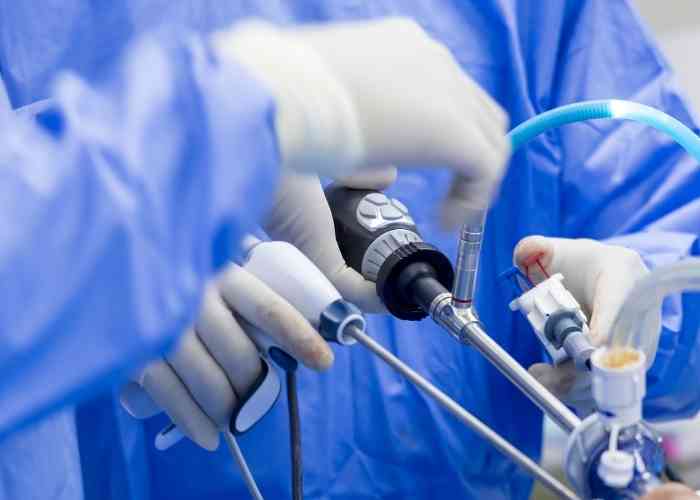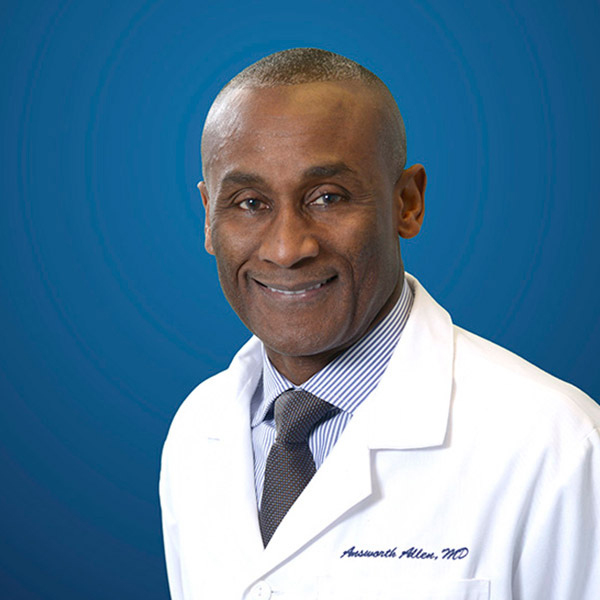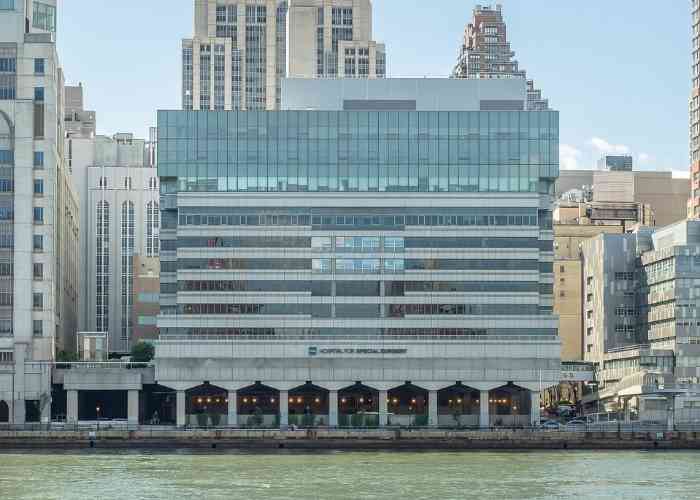What is a shoulder arthroscopy?
One of the most common surgical procedures used to treat shoulder injuries is a minimally invasive technique known as arthroscopic shoulder surgery. This surgical approach utilizes a small camera (arthroscope) inserted through a small incision to view the muscles and tendons of the shoulder. The camera projects the images inside the shoulder to a screen for Dr. Allen to see, allowing full clarity of the shoulder and its structures without the need for a larger incision. Specialized surgical instruments are also used to repair the damaged tissues inside and around the shoulder joint. Dr. Answorth A. Allen, orthopedic shoulder surgeon, treats patients in Manhattan, New York City, Westchester, Long Island and surrounding areas who are in need of a shoulder arthroscopy.

What types of shoulder injuries can be repaired arthroscopically?
There are a variety of conditions and injuries that utilize an arthroscopic surgical approach, including:
What is open surgery?
Arthroscopic, or minimally invasive, surgery is favored in most cases; however, open surgery may be necessary for patients that experienced a significant amount of shoulder damage. This surgical approach is accomplished through a larger incision instead of a few small incisions. Dr. Allen may favor open surgery for large and complex rotator cuff tears, labral tears, instability procedures, or multiple injuries across several portions of the shoulder.
What are the risks of arthroscopic shoulder surgery?
Any surgical procedure comes with a level of risk. Arthroscopic shoulder surgery helps minimize several risks involved including bleeding and infection. A few rare complications may occur, including:
- Infection
- Excessive bleeding
- Blood clots
- Damage to nerves
- Damage to blood vessels
Dr. Allen will advise his patient of any possible complications or risks prior to surgery.
How long is the recovery after arthroscopic shoulder surgery?
Minimally invasive procedures, like a shoulder arthroscopy, are known to have faster recovery periods; however, tendons, bones, and ligaments take the same time to heal whether repaired arthroscopically or with open surgery. During the healing process, it is essential not to re-injure the healing shoulder as well as to follow the post-operative care instructions provided by Dr. Allen. In general, patients in New York can expect the following after arthroscopic shoulder surgery:
- Patients are encouraged to take pain medications as prescribed, especially in the first 48-72 hours following an arthroscopic procedure.
- The arm and shoulder may remain numb for several hours if a nerve block was performed prior to surgery.
- Pain, swelling, bruising, and discomfort are normal in the week following an arthroscopic procedure. The application of ice is important for the first 48 hours, although many patients continue using ice for pain management.
- Adhering to and completing a physical rehabilitation program is the key to arthroscopic surgery success. In addition to using the shoulder immobilizing sling for 4-6 weeks as prescribed by Dr. Allen.
- Dr. Allen will make his recommendations for the timing of physical therapy and when to expect a return to normal daily activities based on the intra-operative findings.
Complex Shoulder Surgeon

Have you experienced shoulder pain due to a recent injury, or due to normal wear and tear? If so, you may benefit from shoulder arthroscopy. This minimally invasive procedure is used to restore range of motion and reduce pain from many different shoulder injuries and conditions. Complex shoulder surgeon Doctor Answorth Allen has experience performing shoulder arthroscopy for patients in Manhattan, New York City, Westchester, Long Island and surrounding areas. Contact Dr. Allen’s team today!






